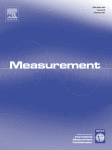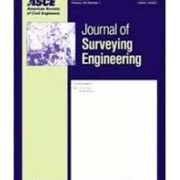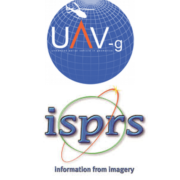Assessment of photogrammetric mapping accuracy based on variation ground control points number using unmanned aerial vehicle
Francisco Agüera Vega, Fernando Carvajal Ramírez, Patricio J. Martínez Carricondo
2017
Measurement 98: 221-227
http://dx.doi.org/10.1016/j.measurement.2016.12.002
ABSTRACT
Digital Surface Models and orthoimages at high spatial and temporal resolution and accuracy is of increasing importance for many applications. From several years ago photogrammetry-UAV is being used to produce these topographic products. The aim of this study is to analyse the influence of the number of Ground Control Points used for georeferencing on Digital Surface Model and orthoimage accuracies obtained with UAV-photogrammetry. In this purpose, 160 images were taken on a 17.64 ha surface at 120 m altitude above ground level, and five replications of photogrammetric projects taking into account 4, 5, 6, 7, 8, 9, 10, 15, and 20 GCPs were made. Root Mean Square Error (RMSE) was used as accuracy measurement.
Optimal results for RMSEX, RMSEY and RMSEXY mean ± standard deviation values were reached for 15 GCPs: 3.3 ± 0.346, 3.2 ± 0.441, 4.6 ± 0.340 and 4.5 ± 0.169 cm respectively. Similar conclusions was derived for vertical accuracy: lower RMSEZ mean ± standard deviation values were reached for 15 and 20 GCPs: 5.8 ± 1.21 cm and 4.7 ± 0.860 cm respectively.
In view of these results maps at 1:150 scale and contour interval of 15 cm can be obtained from
UAV-photogrammetry.







